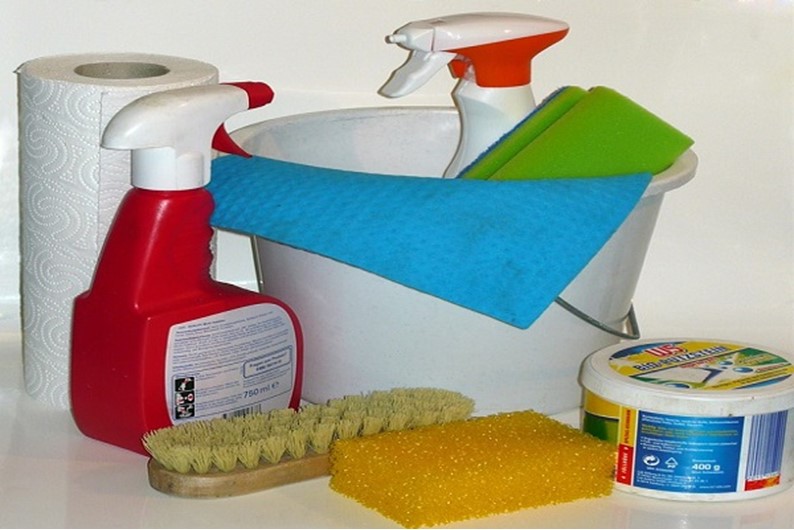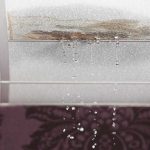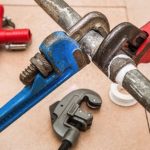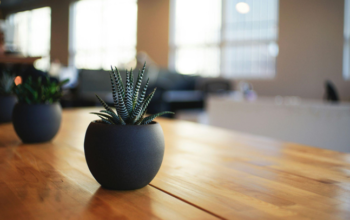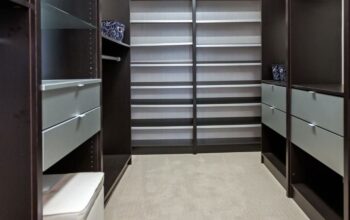The smallest of water leaks can become a major issue if they go undetected because mold can develop if the leak takes place in a dark area of your house. Mold can trigger allergies, cause stains on surfaces of wood and concrete, and cause odors in confined areas.
Fortunately, if you catch it early, you can clean it and remove mold from the surface areas of your house. If it isn’t detected, then it can develop into wood rot, which can destroy the structure of a house. Here are four steps to getting rid of the mold to protect your property and family’s health.
Choose Products that Kill Mold
Before you can start cleaning mold off walls, floors, or other surfaces, you need to find and use products that can kill it. Fortunately, you won’t need to buy harsh, expensive chemicals because many common household cleaners kill mold.
Some of the common household chemicals that you can buy to kill mold include:
- Chlorine Bleach
- Hydrogen Peroxide
- Distilled White Vinegar
- Baking Soda and Borax
Along with cleaning away mold, bleach, hydrogen peroxide and borax will lighten the stains mold can cause on wood, tile, and other surfaces.
Protect Yourself
When cleaning mold, it is important to protect yourself by wearing masks to prevent breathing in mold spores. Also, you should plan to wear old clothes that you can throw away once the surfaces in your home have been scrubbed free of mold.
Hire a Remediation Team
If you’re concerned about exposure to toxic mold, you can hire a restoration company to remove the mold and restore your home to like new condition. Most states require remediation companies to have licenses showing they passed the necessary exams to remove mold professionally.
They can also remove the materials and properly dispose of them, so mold spores don’t spread through the air. Most restoration companies like Metrowide Restoration can remove the mold and restore the areas where it grew safely.
Seal Clean Areas
Once you remove the mold growth, use fans and dehumidifiers to dry the areas that you clean. Then, once it is dry, which may take about two weeks or longer if the drywall or plaster requires removing, then use a pigmented shellac to seal the area where there was mold.
Instead of shellac, you can also use an oil-based primer to seal the area. Once the primer or shellac is dry, paint over it with a latex paint with mildewcide in it to prevent mold re-growth. Then you can install new insulation, drywall, and any trim you had to remove.
Some forms of mold are highly toxic, and you should consider whether you want to tackle the job of removing a large amount of it. Trained mold remediators can efficiently and safely remove mold quickly, and you will not need to expose yourself to it.
However, if you have small amounts of mold growing in the bathroom or behind a wall where there is a water pipe leak, then you can save some money by taking care of it yourself.
Related Posts

Loves home. I am here to provide how to make your home a much better place. 🙂 Blogging about HomeDecor, Home Improvements and more.
